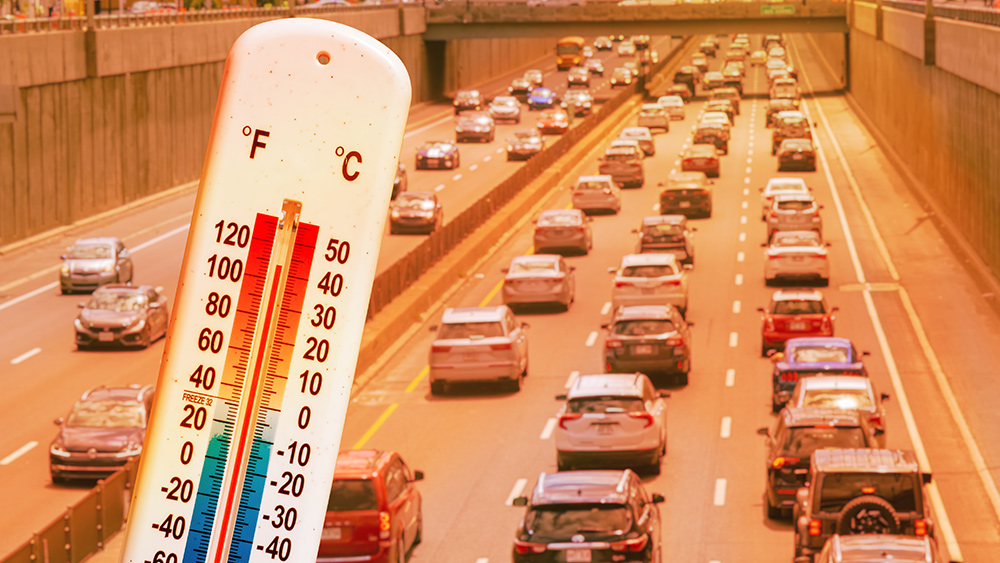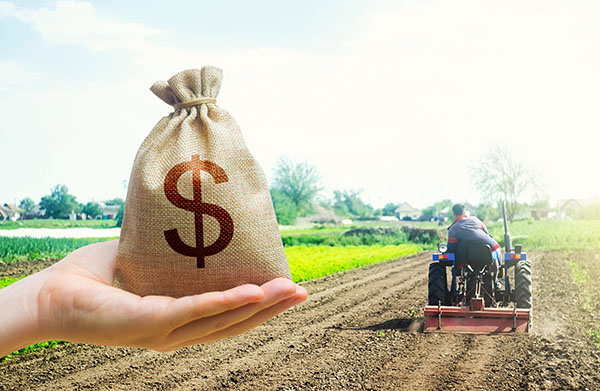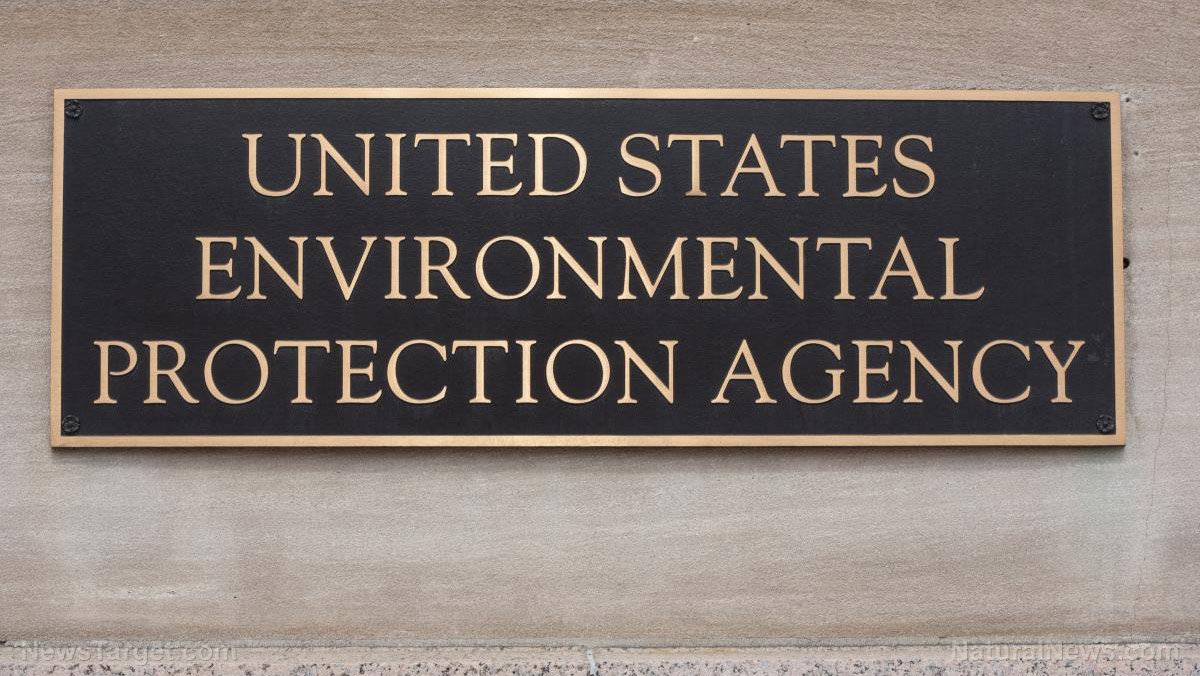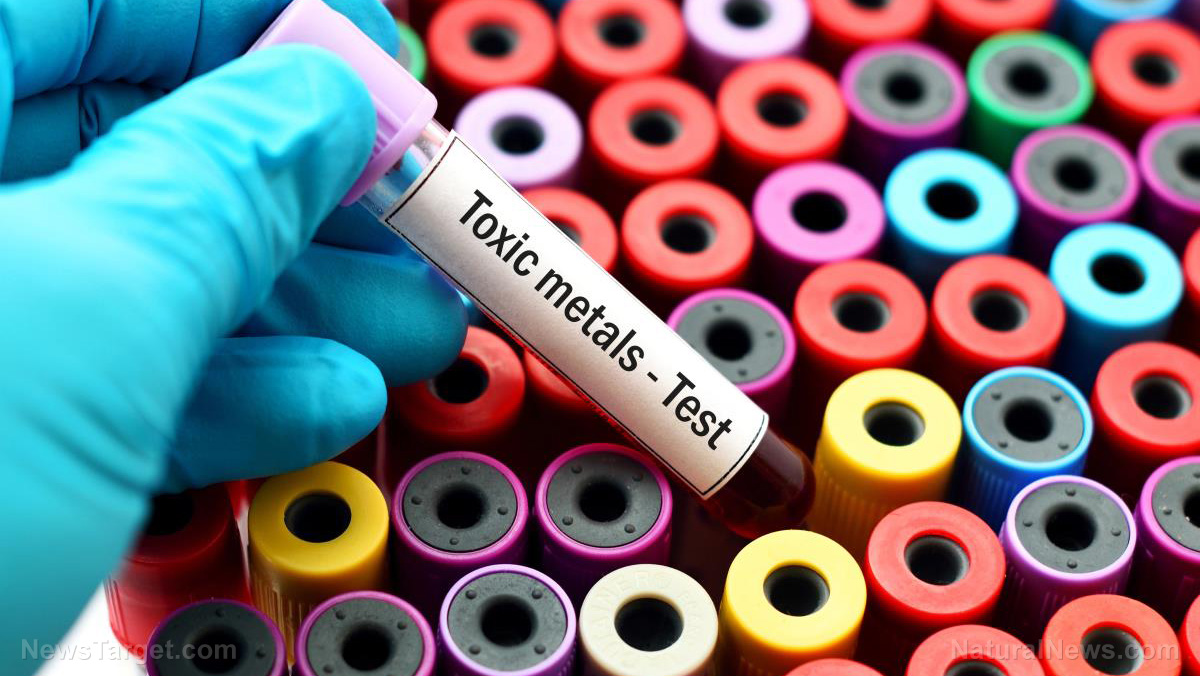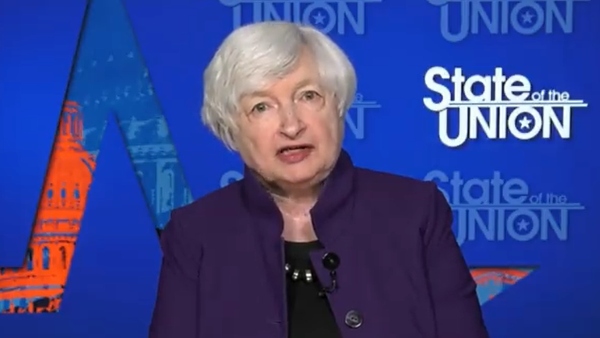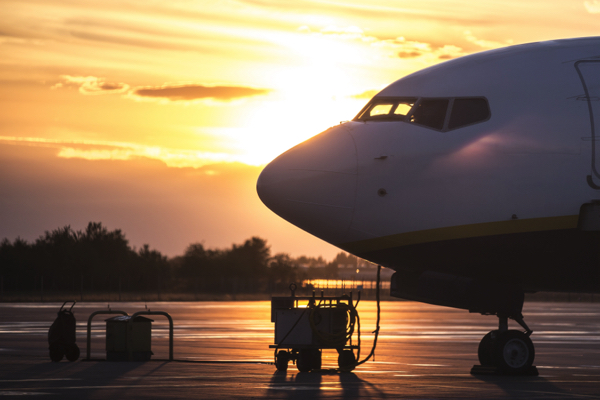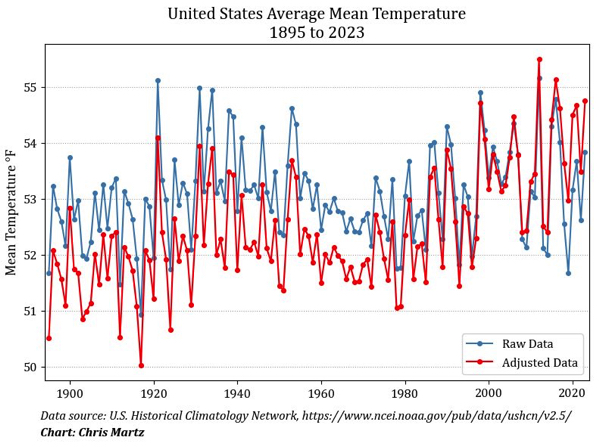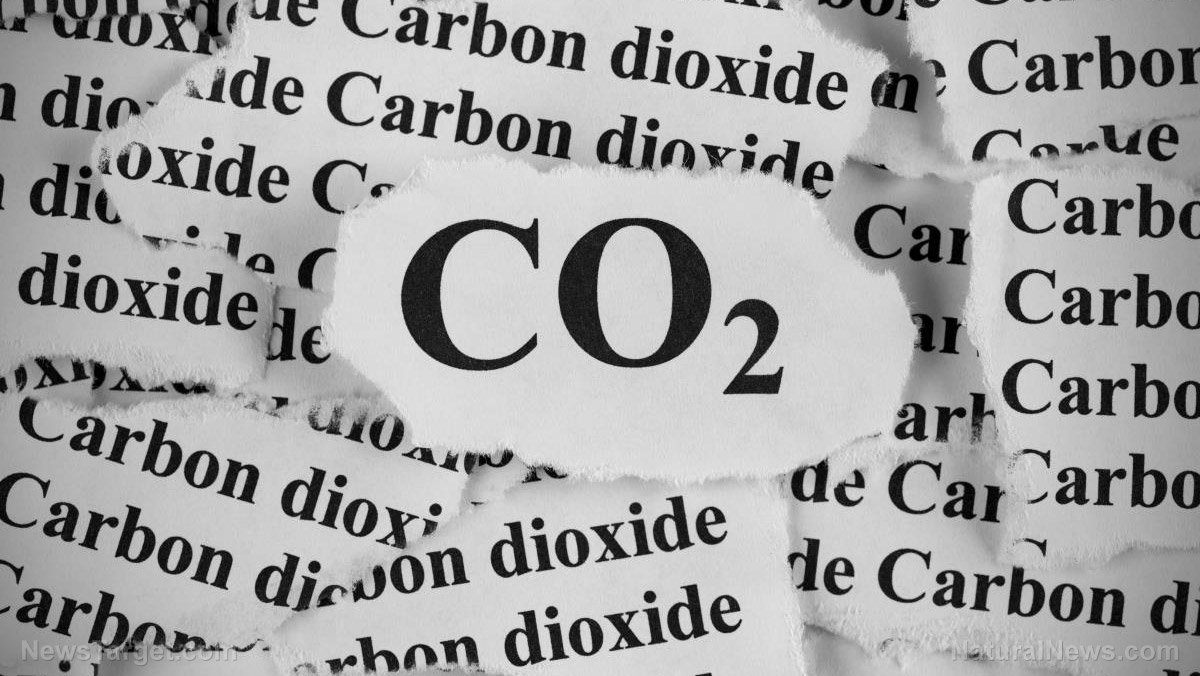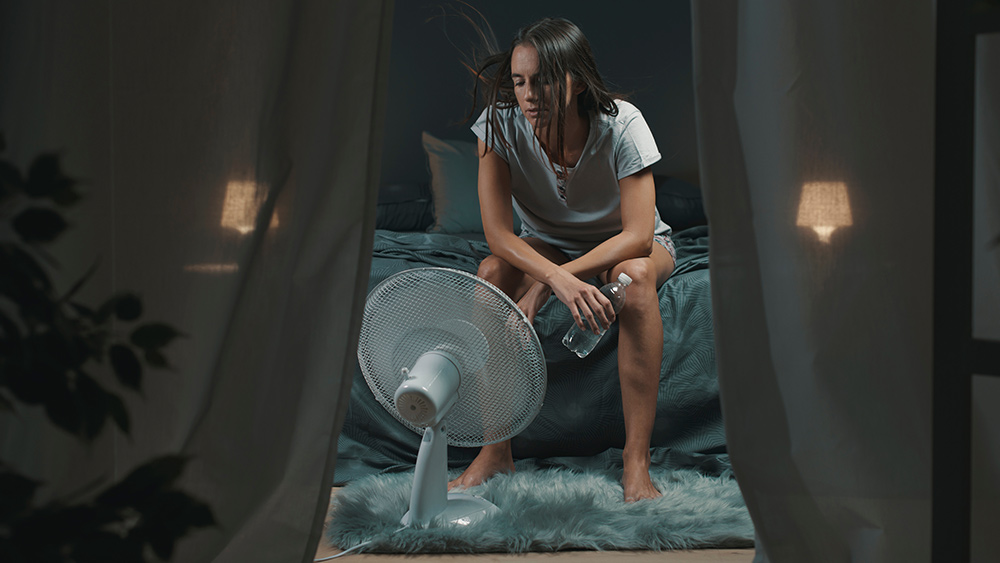“Clean” energy wind turbine DISASTER in Iowa leaves town on hook for MILLIONS in damages
08/23/2024 / By Ethan Huff
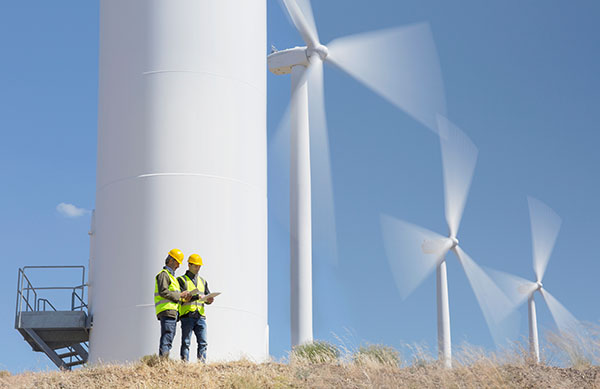
It is bad enough when one “clean” energy wind turbine fails and destroys the nearby terrain, but one Iowa farm recently learned what happens when three wind turbines collapse in less than a year and a half.
The farm, located in Mechanicsville, incurred massive destruction after the three wind turbines were all struck by lightning at different intervals. Literal tons of debris, including wires and fiberglass, were strewn about in the disaster site, affecting both crops and soil.
The crop, in this case corn, is now unsellable due to the disaster, as are the corn stalks that would normally be used to create animal bedding. The farmland itself is also severely compromised and may not be usable for quite some time. Farming equipment was also damaged.
“At least 1,000 acres of farmland,” reports indicate, were destroyed by the wind turbine disasters. The amount of damage incurred is estimated to be in the millions.
The rules in Cedar County where these incidents took place require that inactive wind turbines be taken down within one year. Their owners are responsible for completing this, but who is going to pay back all the losses that resulted from their failure?
(Related: Back in January, an offshore wind turbine in Massachusetts broke to pieces, washing ashore all sorts of “clean energy” debris to nearby beaches.)
Most wind turbines are subsidized by taxpayers
It is important to remember that just like with other forms of “green” energy, i.e., solar panels and electric vehicles (EVs), wind turbines are largely subsidized by U.S. taxpayers. This means that whoever owns them is only paying a fraction of the cost to install them while reaping all the benefits.
Wind turbines and solar panels are also extremely land-intensive, meaning the amount needed to produce a comparable amount of energy to gas, oil and coal is exceptionally high. Wind turbines and solar panels are taking over the landscape, in other words, providing little or no benefits to the public.
In this case, one would think that the affected farmer would change her tune about wind turbines after seeing the massive destruction they cause when they fail. Instead, the farmer is complaining that new legislation is needed to require faster cleanup.
The public simply cannot be expected to pay for cleanup when the only people benefiting from wind turbines are their owners and the farmers and landowners who lease space for their installation.
The father of Sally Freeman, the farm’s owner, commented that wind turbine leasing income has always been a “good” deal. In that case, those reaping the benefits need to pay for cleanup, not taxpayers.
“I didn’t see any of that income though, so why would I foot the bill for disastrous consequences when it all goes south?” asked Olivia Murray, writing for American Thinker. “If Freeman and her family choose to cash-in on handouts, then they’re assuming the risk, right? I mean, that’s what more ‘legislation’ means.”
“I hate to be insensitive, but they’re the ones who leased out their land, trying to make a buck on a faulty product – information on the limitations of turbines isn’t exactly a secret – so why should I as a taxpayer be on the hook?” It’s tragic, and I absolutely regret all the damage done, but again, why does that warrant using the government to compel me, or any other uninvolved party, to pay for the fallout? Because of course that’s who always pays when there’s new ‘legislation,’ in one way or another.”
There really is nothing “clean” or “renewable” about so-called “green” energy technologies like wind turbines, solar panels and EVs. Learn more about what they are doing to the economy at Disaster.news.
Sources for this article include:
Submit a correction >>
Tagged Under:
big government, Clean Energy, Collapse, disaster, Ecology, energy supply, environment, finance riot, green energy, green living, Green New Deal, iowa, money supply, power, power grid, renewable energy, wind, Wind Turbines
This article may contain statements that reflect the opinion of the author
RECENT NEWS & ARTICLES
COPYRIGHT © 2017 ECOLOGY NEWS

